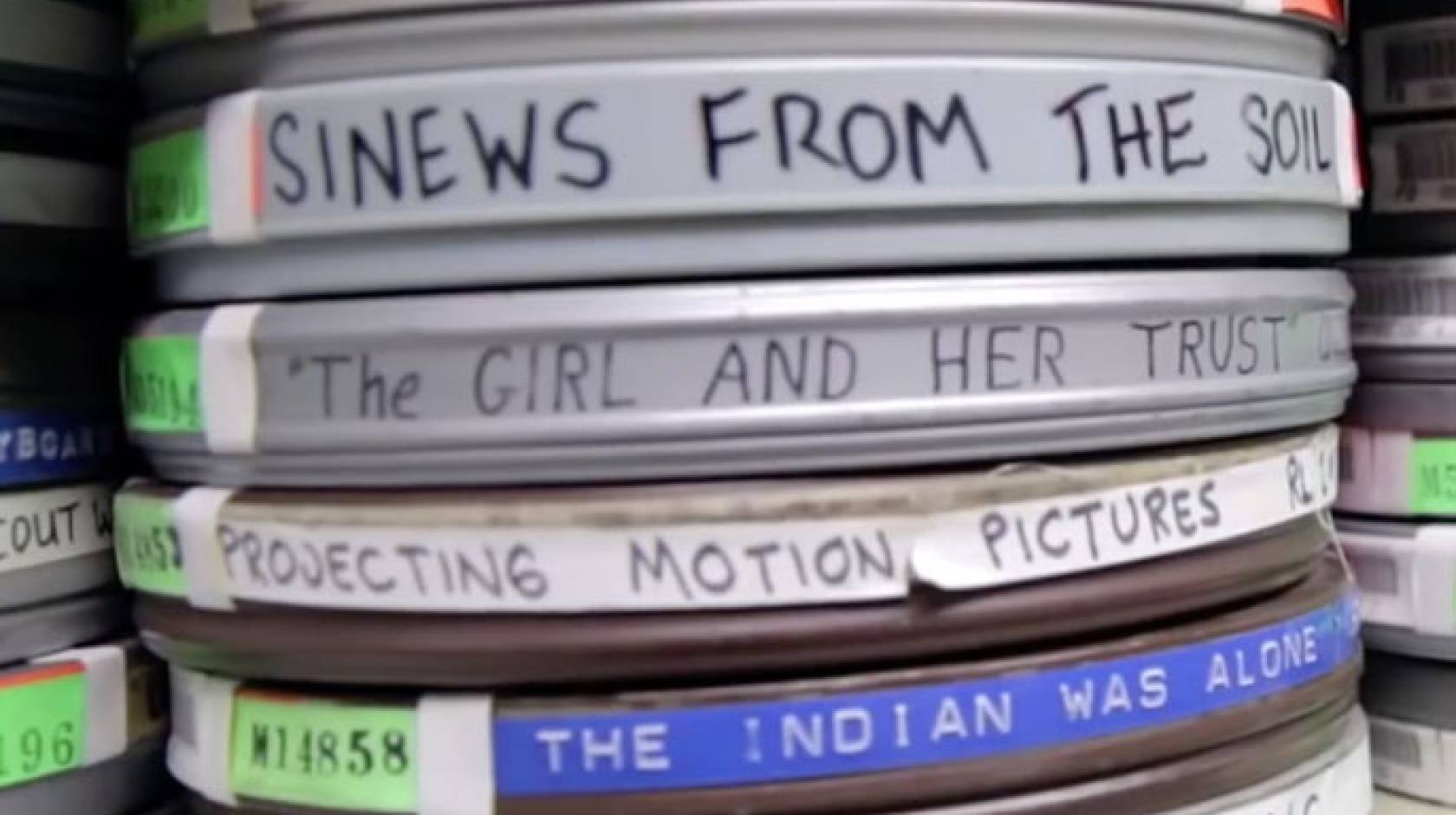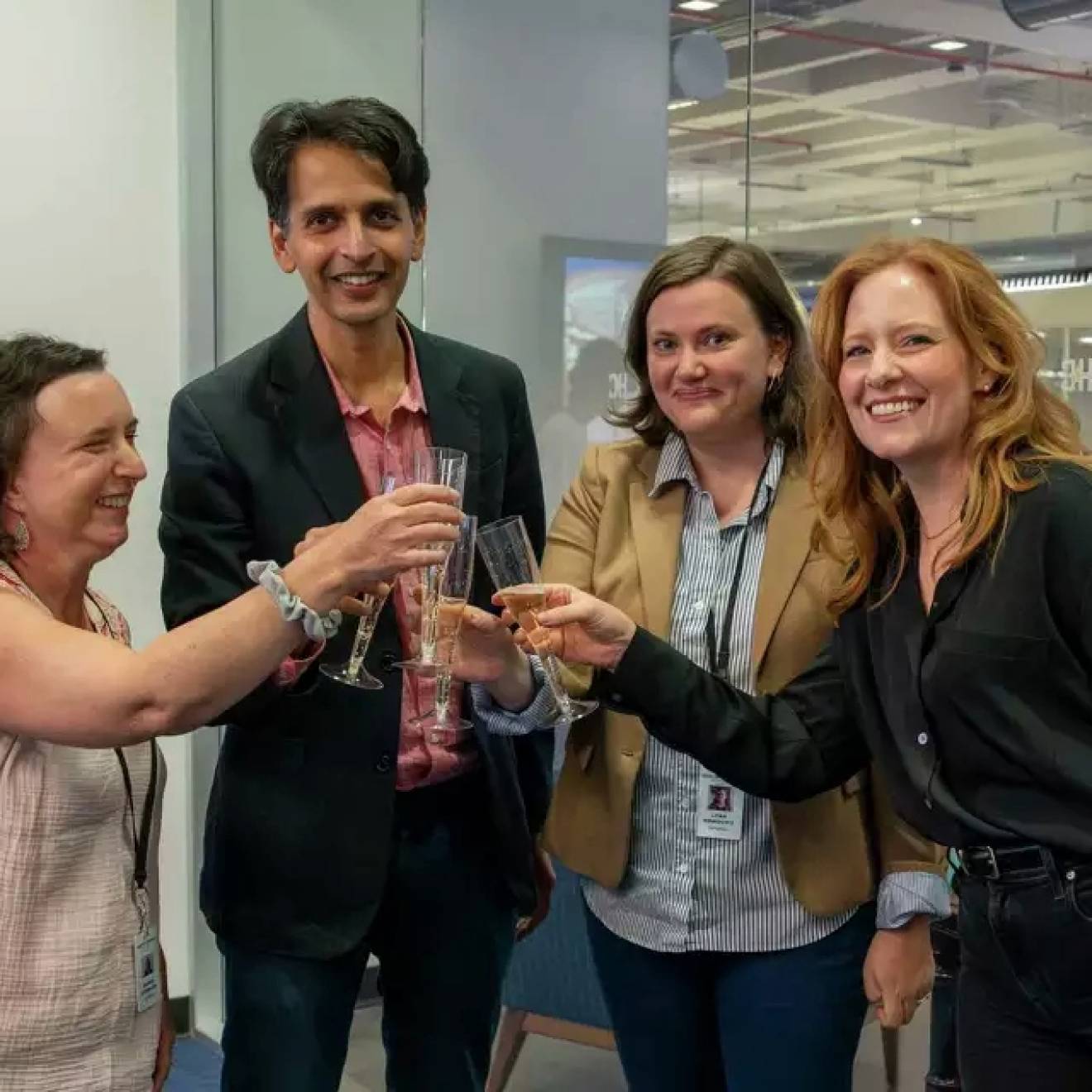UC Newsroom

It’s almost impossible to imagine now, but during much of Hollywood’s Golden Age, film studios routinely dumped their old films in landfills or out at sea.
If a film flopped, it could vanish without a trace. But even popular films sometimes met a similar fate. Studios didn’t expect to ever replay their old movies and didn’t want to pay for storage. Nobody recognized that they were discarding an important part of America’s cultural legacy.
That all changed in the 1960s, when film began to receive recognition as an art form, said legendary film critic David Thomson.
“When the culture in general woke up to taking movies more seriously… the younger generation said, ‘I want to see the old movies,’’ Thomson said. “It discovered that some of the old movies you couldn't see.’
Students and faculty in UCLA’s film department, horrified by the idea of the classics of the future ending up on the sea floor, began rescuing old reels from studio lots in nearby Hollywood.
Their preservation efforts led to creation of the UCLA Film and Television Archive, which now houses the second largest moving picture repository in the nation, second only to the Library of Congress.
You can hear the whole story – and learn more about some of the archive’s rare treasures – in the latest episode of UC’s new podcast series, One Bold Idea, available on iTunes or Stitcher. The series was created to celebrate UC’s 150th anniversary by commemorating some of the pivotal moments in California history that have helped shape the world.
Narrated by Shuka Kalantari, a Bay Area journalist and UC Santa Cruz alum, the podcast series was produced in partnership with UC Berkeley’s Advanced Media Institute.

